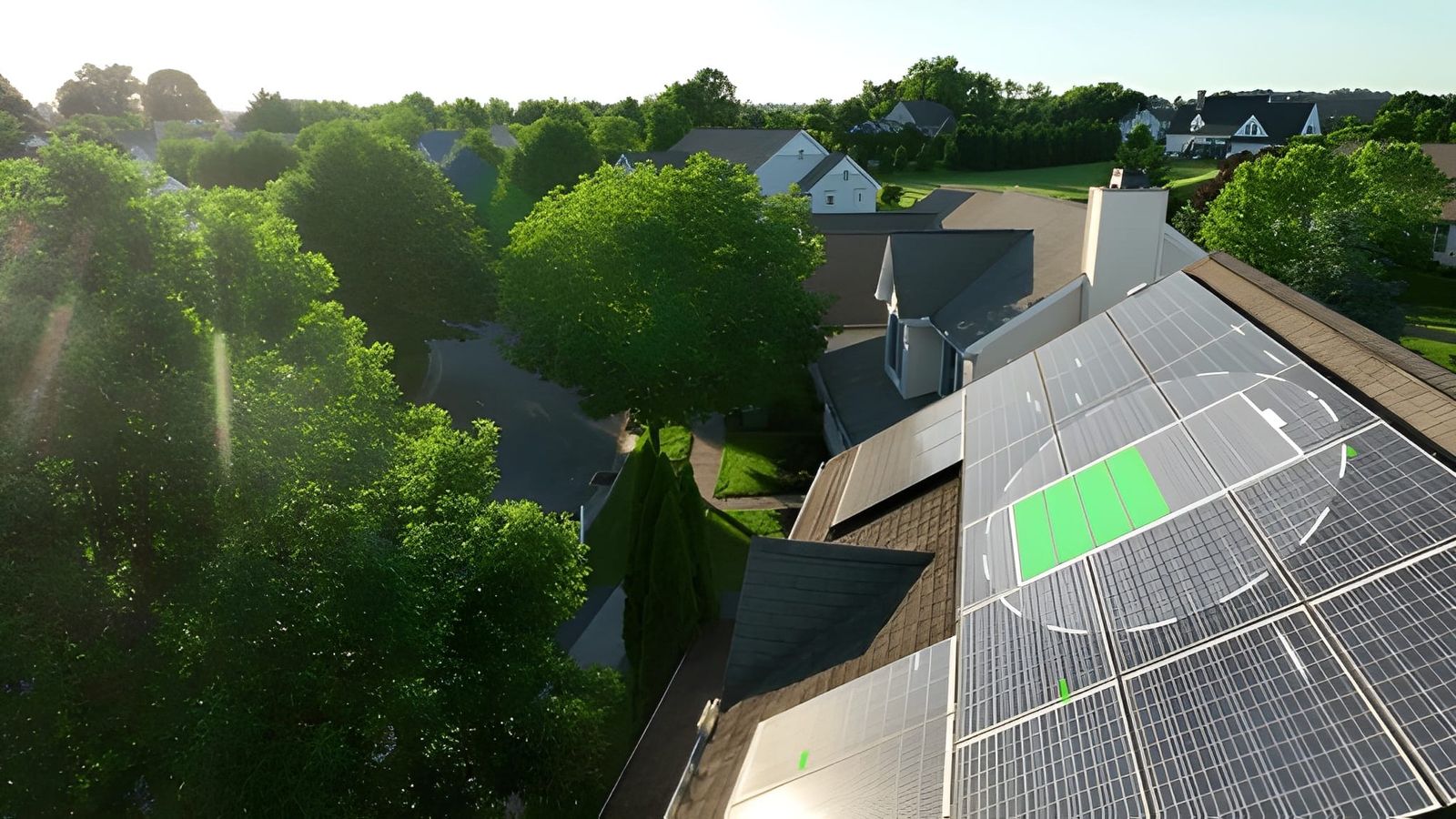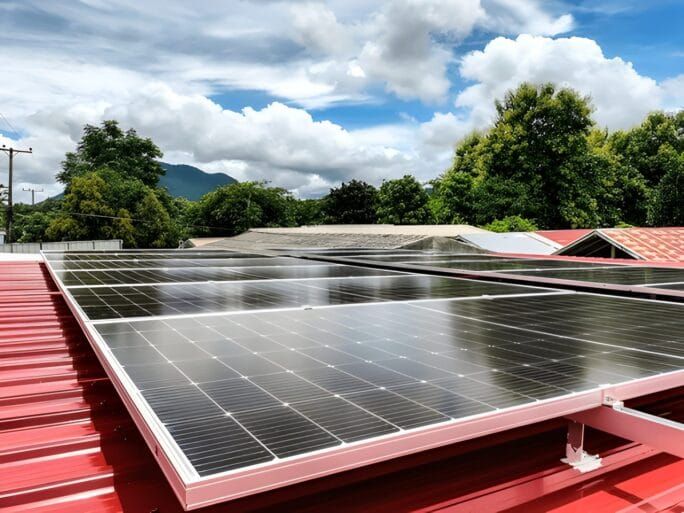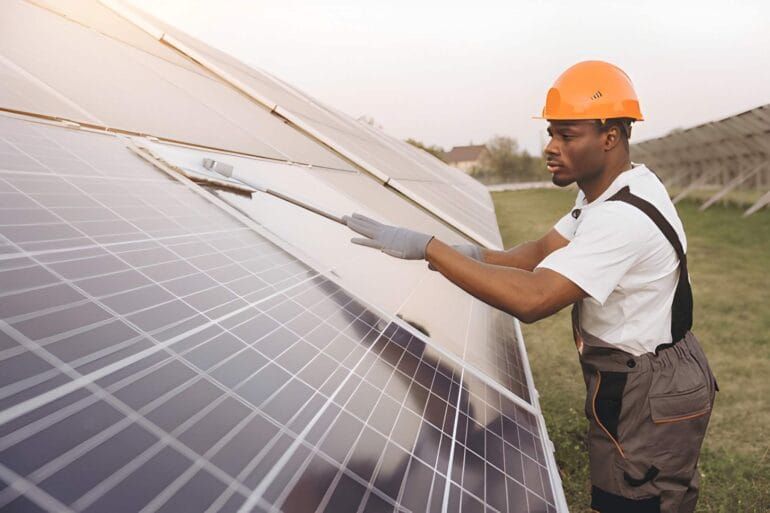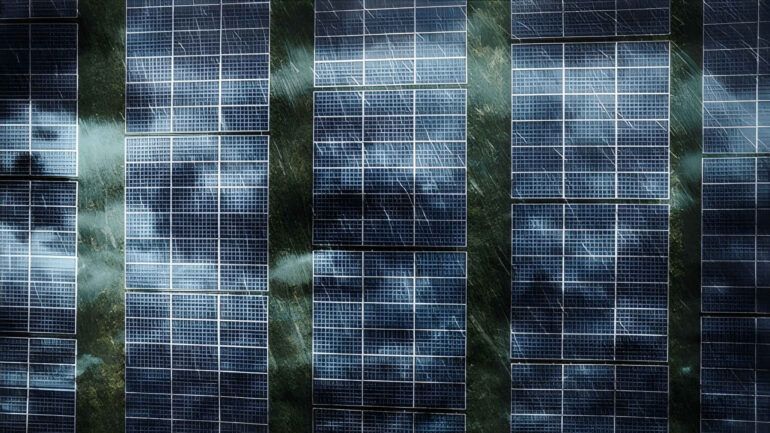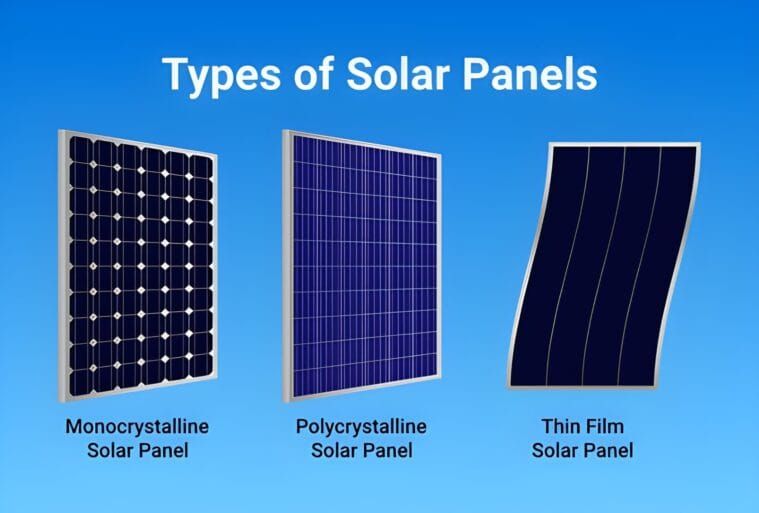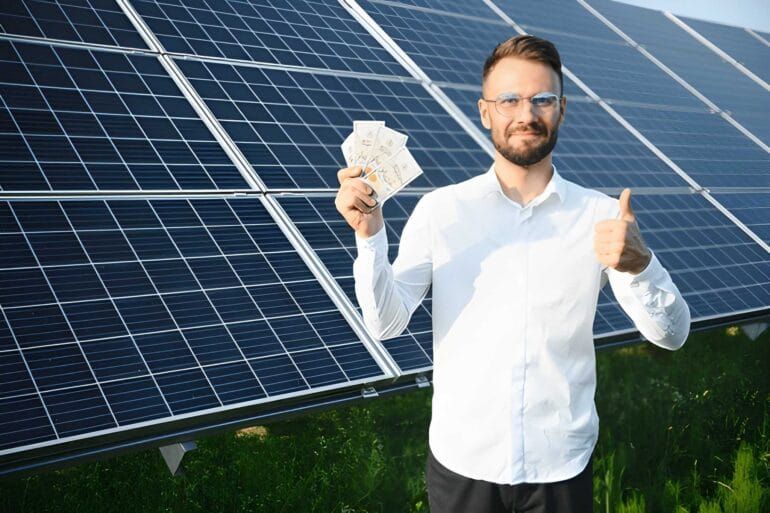When you have a rooftop solar system in Western Australia, one of the most frequently asked questions is: will my system still work when the grid goes down? In other words: can you rely on your system for solar panels power outage WA scenarios? The answer is: it depends on how your system is configured. In this guide we’ll explain how standard systems behave, what is required for true backup, and how you can work with Easy Solar to design a solution that gives you both savings and resilience.
Understanding Standard Grid-Tied Systems and Blackouts
What happens when the power goes out?
If your home has a conventional grid-connected solar system, when the local network suffers a blackout, your solar panels will normally shut off. That may surprise many homeowners, but it’s a safety requirement. Known as “anti-islanding”, the safety feature ensures that your solar inverter doesn’t continue to feed power into the grid, which would risk the safety of network workers.
energyaustralia.com.au
+2
solargalaxy.com.au
+2
In simple terms: even if the sun is shining, and your panels are producing power, with a standard grid-tied system you will not get usable electricity during an outage.
Why standard systems cannot supply power during a blackout
- The inverter monitors grid voltage/frequency. When it detects the grid is down, it stops converting solar DC to usable AC.
- The system is designed to eliminate the risk of “back-feeding” the grid. That means your home gets shut off together with the grid.
- Without a device to isolate your home from the grid (an automatic transfer switch or islanding mechanism) the system cannot safely operate in blackout mode.
Therefore, if you’re relying solely on solar panels under a standard setup, during a blackout you’ll still be without power the same as a house without solar.
Why Blackout Protection Matters in Western Australia
For homeowners in WA, blackouts may be less frequent than some other regions, but they do occur, and more importantly many homeowners are looking for reassurance that their system provides more than just bill savings. The term solar during blackout Western Australia reflects this growing concern.
Beyond savings resilience and peace of mind
While solar helps reduce electricity bills and lower carbon emissions, adding blackout protection means your system becomes a hedge against power cuts. It means when the grid is down, your lights can stay on, food stays fresh, medical devices keep running, and your home stays comfortable.
Matching your expectations with real capability
It’s important to understand the difference between “solar system works” and “solar system provides backup power”. A common misconception is that because you have solar panels, you will automatically have power during an outage. But as we’ve seen, does solar work in outage without battery? The short answer is no – not reliably and not safely – unless you have specific components installed.
What You Need for Backup Power: Solar + Battery Systems in WA
To move from standard solar to true blackout capability, you’ll need a system designed for backup. This involves a battery backup solar system WA, a hybrid or backup-ready inverter, and wiring of critical loads.
Key components of a backup-ready system
- Solar panels continue to generate power in daylight.
- Battery storage captures excess solar energy and supplies power during grid failure.
- Hybrid inverter / Emergency Power Supply (EPS) or transfer switch isolates the home from the grid when the grid fails and ensures power flows safely.
- Load circuits or essential circuit panel that prioritises what you want backed up (fridge, lights, internet, security).
How Solar Panels Power Outage WA Works
- Grid power fails. The backup inverter detects no grid voltage.
- The system isolates your home (“islanding”) from the grid.
- The battery kicks in and supplies vital circuits. If the sun is shining, the panels may continue generating and help recharge the battery or power loads.
- You may only have essential loads backed up (not necessarily the whole home) unless you invest in a larger battery and wiring.
Why size and config matter
The amount of time the system can keep your home running depends on:
- Battery capacity (kWh)
- Power draw of the loads you’ve chosen to back up
- Whether solar generation continues during the outage
- Efficiency of inverter, battery and system losses
So when evaluating a grid-tied solar outage WA setup, you want to ask about battery size (kWh), load capacity (kW), and blackout performance.
How to Decide: What Backup Solution Makes Sense?

Step 1: Identify your priority loads
What do you want to keep operating during a blackout? Lights, fridge, internet router, medical equipment? Or your whole home (air-conditioning, oven, washer)? The more you want backed up, the larger (and more expensive) the system.
Step 2: Understand battery sizing
For a battery backup solar system WA, you’ll look at capacity (kWh) and power output (kW). As a rule of thumb:
- If you aim to cover essential loads for a moderate outage (12-24 hours), you might need 5-10 kWh battery storage.
- For whole home coverage over multiple days you might need 10-20 kWh or more, plus generation capacity.
Systems that are backup-ready allow your solar generation to continue charging your battery during daylight in an outage.
Step 3: Confirm your inverter supports outage mode
Not all inverters are “island-capable”. Many grid-tied inverters shut down when the grid does. You need a hybrid inverter or one configured with an Emergency Power Supply (EPS) and grid isolation.
Step 4: Understand export and grid rules in WA
Even with battery backup, your system has to meet local grid-connection rules. Some network providers have limits on export size or special requirements for backup switching. So for a solar + battery protection power cuts WA solution, ask your installer about local connection requirements.
Step 5: Assess cost versus benefit
It’s important to weigh the upfront cost of backup capability against the benefit you expect. If blackouts are very rare in your area and you simply want bill savings, you might choose a standard solar system. If resilience matters, invest in a backup-ready solution. Full backup systems have higher cost but also higher security.
Myths & Realities in WA: What to Expect
Myth: “My solar panels will keep powering the home even if the grid is down.”
Reality: If you have a standard grid-tied system without battery and backup switching, the inverter will shut down. Your panels may generate but you won’t access the power.
Myth: “Just adding a battery means you’ll have outage coverage.”
Reality: While the battery is a key component, without the correct inverter/back-up configuration and wiring of essential loads your system may still not provide power during a blackout.
Myth: “A large battery can back up the whole home indefinitely.”
Reality: Battery storage still has limits. The size of your battery, generation during the outage, and what loads you run determine duration. Many systems prioritise essentials.
What to Ask Your Installer (Easy Solar-style)
When speaking with a company like Easy Solar, here are key questions you should ask (especially for your blackout capability):
- Will my system continue working during a blackout?
- Does the inverter support islanding (isolation from grid) and backup mode?
- What is the size (kWh) of the battery you propose? What loads will it support and for how long?
- Can the solar panels continue generating and recharge the battery during daylight when the grid is down?
- Which circuits in the home will be backed up (entire home vs essential loads)?
- What warranties are offered on the battery, inverter and overall system?
- What are the additional costs for backup functionality vs a standard solar system?
- How does this integrate with my existing solar (if I already have panels) or future plans (EV charging, pool, expansion)?
- How will this system comply with local WA grid-connection rules and export limits?
- What maintenance and monitoring services are included for the backup capability?
Conclusion: Partner with Easy Solar for Smart Resilience
If you’re considering solar in Western Australia and want more than just bill savings you want assurance when the grid fails then Easy Solar is well-positioned to help. Their services include:
- Residential and commercial solar panel systems designed for WA conditions.
- Battery storage and backup-capable systems for when you need power during outages.
- Expert installation by in-house teams, no subcontractors.
- Finance options, quality Tier-1 components, ongoing after-sales service and local support.
Whether you’re exploring standard solar or planning for a battery backup solar system WA, Easy Solar can guide you through the process, help size the system right, install correctly, and give you both savings and security.
Start with a consultation ask the right questions, review your loads, plan for backup, and take control of your energy future in Western Australia.
